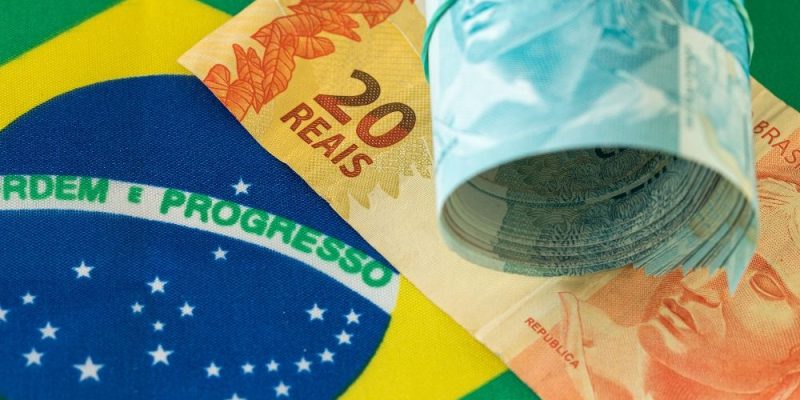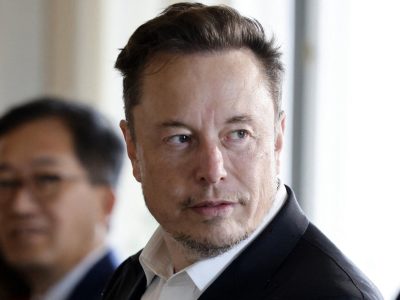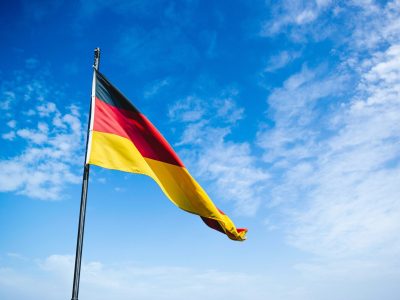
In early February, Brazil’s IPCA-15 consumer price index saw its largest monthly increase in nearly three years.
In mid-February, the official statistics agency IBGE reported a 1.23% growth, far higher than the 0.11% gain in January.
Reuters said the yearly IPC-Fipe rate increased to 4.96%, the highest level since late 2023.
This acceleration indicates headwinds for the Brazilian economy as the central bank tightens monetary policy.
Consumer costs keep climbing
According to the report, soaring education and housing costs primarily drove the acceleration in inflation in Brazil.
These have seen quite a bit of price increases and significantly contribute to the index.
Education prices are high during this time of year due to tuition increases at the start of the academic year.
House prices have risen in tandem with rising consumer goods prices, which continue to strain household budgets.
The IPCA-15 index rose, but economists were projecting inflation of 1.33%, meaning the advance of the index is heavy, but the market has at least a type of expectation that the price may stabilize.
The continuous increase in these core indicators highlights the dilemma of consumers across Brazil and the urgent need for policymakers to address the underlying issues driving costs higher.
Central Bank’s inflation target and rate hikes
Brazil’s central bank targets 3% inflation, with a cushion of 1.5 percentage points.
The bank responded strongly to increasing inflation last week, confirming its commitment to lowering consumer prices and returning them to the target range.
Against this backdrop, analysts broadly expect a third successive 100bp increase in the benchmark Selic rate at the March meeting.
If approved, this would bring the Selic to an impressive 14.25%, the highest in over 8 years.
The idea is to mitigate inflationary pressures and convey to markets that the central bank is not to be trifled with when it comes to inflation.
Inflation has historically caused havoc in Brazil, and the present administration is attempting to stabilize the economy amid a lack of confidence.
Market response and expectation
The market response to Brazil’s rising inflation has been uneven.
While some investors believe the central bank can manage inflation, others are concerned about the impact high interest rates may have on economic growth.
Rising interest rates may reduce investment and consumer expenditure, leading to weaker growth in the coming quarters.
Concerns are also expressed by renewed real weakness vs the majors.
Fluctuations in currency that could affect import prices are yet another way perception inflation could jolly hamper the central bank from stabilizing the economy.
Short-term market expectations of price inflation that could exceed the central bank target available over the upcoming months.
Policymakers kept aggressive policies to combat the inflation, which drove the expected inflation to a level as high as 5.08%.
Uncertain economic times for Brazil
In this challenging economic backdrop, the peril for Brazil will likely be the trade-off between inflation and monetary policy.
The new IPCA-15 places a significant burden on Brazilian families, but bank follow-up indicates a strong focus on combating inflationary pressures.
Investors, consumers, and policymakers should monitor the economy’s changes, as these adjustments may lead to a stronger and more stable economy in the long run.
In the coming months, the market will assess Brazil’s ability to balance fighting inflation and promoting economic growth.
The post Brazil’s inflation soars to a three-year high: can rate hikes control it? appeared first on Invezz









